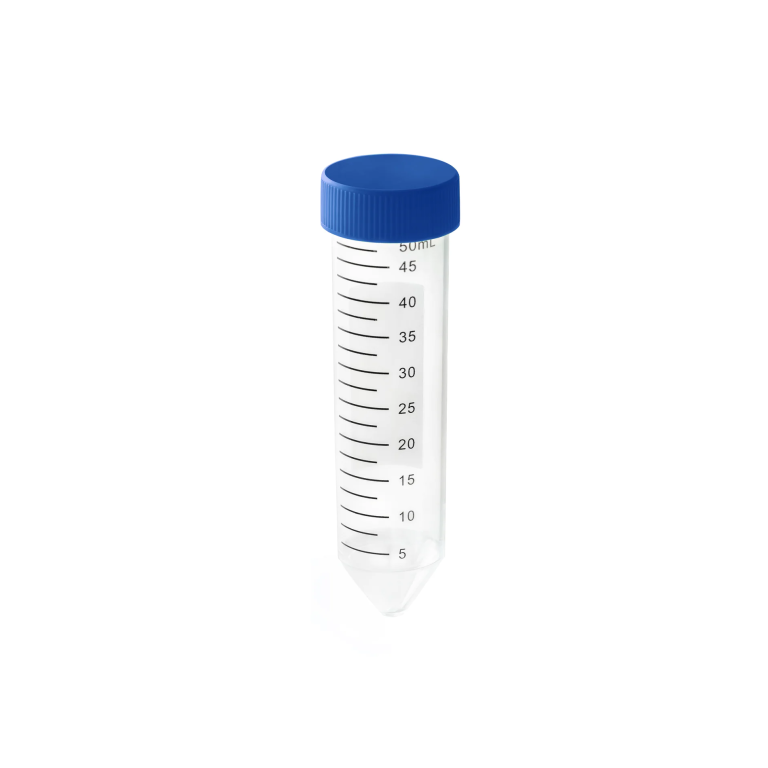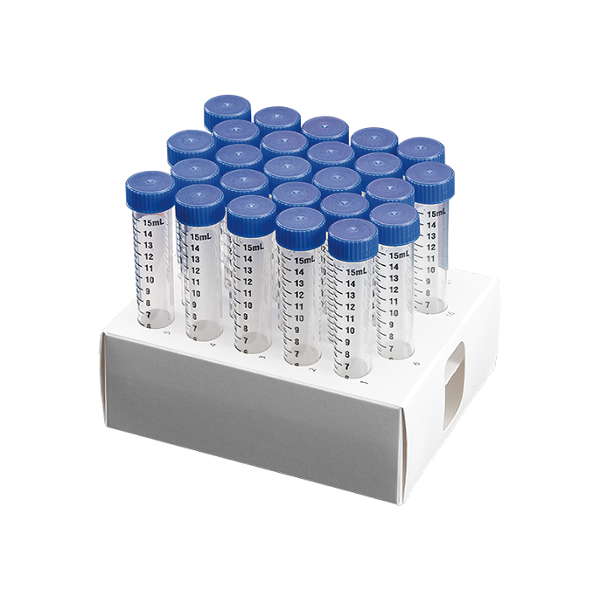Loading a PCR plate involves several steps to ensure that samples are properly distributed and the plate is prepared correctly for amplification. Here’s a general guide on how to load a PCR plate:
1. **Prepare Your Samples:**
– **Prepare PCR Mix:** Prepare your PCR reaction mix, which includes DNA or RNA templates, primers, DNA polymerase, nucleotides, and buffer.
– **Prepare Samples:** Ensure your samples are in appropriate volumes for loading into the wells.
2. **Label the PCR Plate:**
– Label the PCR plate according to your experiment’s requirements, including sample IDs or positions.
3. **Set Up Your Work Area:**
– Work in a clean area to avoid contamination.
– Use pipettes with appropriate tips to handle your samples.
4. **Open the PCR Plate:**
– Remove the PCR plate from its packaging.
– If using a pre-sterilized plate, ensure it remains sterile.
5. **Load the PCR Plate:**
– **Add Reagents to Each Well:** Use a pipette to carefully add the PCR mix into each well. Be precise to avoid cross-contamination and ensure accurate volumes.
– **Add Samples:** Pipette your samples into the wells containing the PCR mix. Avoid touching the sides of the wells with the pipette tip.
– **Use Multichannel Pipettes (if needed):** For efficiency, you can use a multichannel pipette to load multiple wells simultaneously.
6. **Seal the Plate:**
– Cover the PCR plate with a suitable adhesive film or plate seal. This helps prevent evaporation and contamination.
– Ensure the seal is applied correctly to avoid leakage.
7. **Check for Air Bubbles:**
– Inspect the wells for air bubbles. Gently tap the plate or use a pipette tip to remove any bubbles that might interfere with the PCR reaction.
8. **Load the Plate into the PCR Machine:**
– Place the loaded PCR plate into the PCR machine (thermal cycler) carefully, following the manufacturer’s instructions.
9. **Program the PCR Machine:**
– Set the appropriate PCR cycling conditions (denaturation, annealing, extension temperatures and times) as required for your specific experiment.
10. **Start the PCR Run:**
– Begin the PCR cycle and monitor the process according to the machine’s protocol.
By following these steps, you ensure that your PCR plate is correctly loaded and ready for amplification.


